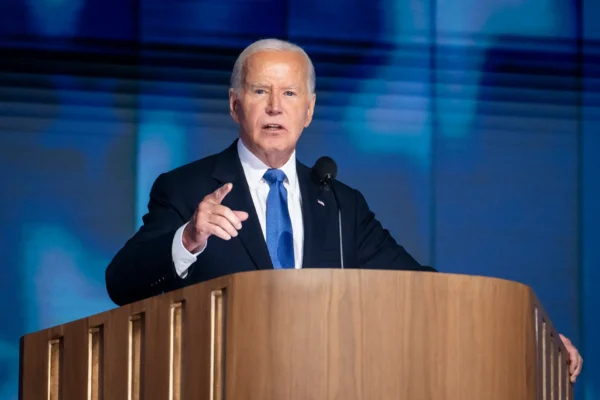The White House stated on Tuesday, August 20th, that the highly classified nuclear strategic plan approved by President Biden in March of this year is simply a routine fulfillment of duties, similar to previous administrations, and not a response directed at any specific country or threat.
Sean Savett, acting spokesperson for the National Security Council, mentioned, “This administration, like the past four administrations, has issued nuclear posture reviews and guidance for nuclear weapon deployment.”
Savett added that while the specifics of the guidance are classified, its existence is not a secret. The guidance released earlier this year was not in response to any particular entity, country, or threat.
According to Reuters, Daryl Kimball, Executive Director of the Arms Control Association (ACA) based in the United States, stated that, to his understanding, the U.S. nuclear weapons strategy and deployment posture remain consistent with what was described in the government’s 2022 Nuclear Posture Review, with the focus not shifting from Russia to China (CCP).
Kimball noted that although U.S. intelligence estimates suggest that China may increase its nuclear arsenal from 500 warheads to 1000 by 2030, Russia currently possesses around 4000 nuclear warheads and “remains the principal driver behind the U.S. nuclear strategy.”
According to the 2020 U.S. Department of Defense report on Chinese military power, China is projected to have 500 nuclear warheads by 2030. In 2021, the U.S. doubled that assessment to 1000 warheads. The 2022 U.S. Department of Defense report on Chinese military power suggests that by 2035, China’s nuclear warheads could increase to 1500.
The commander of U.S. Strategic Command warned in 2022 that the U.S. could potentially face nuclear adversaries from two major nuclear powers simultaneously in the future. While in the past it was between the U.S. and the Soviet Union or Russia, in the future the U.S. may be confronted with nuclear pressures from both Russia and China.
Despite China’s efforts to enhance its nuclear capabilities, according to a commentary published by the ACA in July, the number of nuclear warheads possessed by Russia and the United States respectively is more than 11 times that of China, constituting over 90% of the global nuclear arsenal.
On Wednesday, August 21st, Chinese Foreign Ministry spokesperson Mao Ning responded to a report by The New York Times on Tuesday regarding “Biden approving a secret nuclear strategy focusing on the expansion of China’s nuclear arsenal,” stating that they are “seriously concerned about the report” and further criticized U.S. deterrence strategies.
Kimball expressed that if China continues on its current trajectory or if Russia exceeds the limits of the New START treaty, the U.S. may consider adjusting its nuclear strategic plans at some point in the future. He believes that based on the current situation, any adjustments to U.S. threat strategies may not occur until after 2030.

